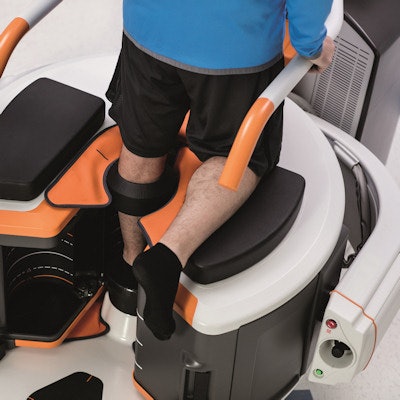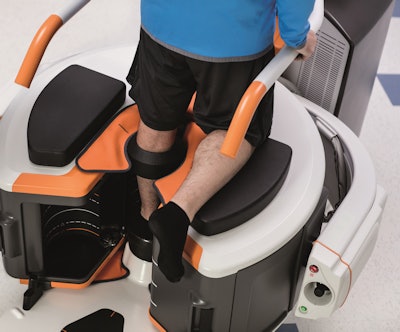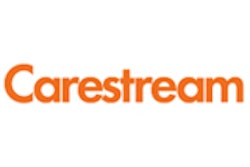
Carestream Health is preparing to begin shipments of a new conebeam CT scanner for orthopedic extremity applications after receiving clearance for the system from the U.S. Food and Drug Administration (FDA).
The company's OnSight 3D extremity CT scanner is designed for weight-bearing exams as well as other types of studies typically performed for orthopedic applications. Carestream announced its development of the system in March 2015 and showed a work-in-progress version at the RSNA 2015 conference.
A major selling point of the new system is its 3D capability, which should give radiologists and orthopedic surgeons more information about musculoskeletal pathology than is possible with conventional imaging techniques. Carestream began appreciating the value of 3D after introducing a conebeam CT scanner for dental imaging applications a few years ago, according to Helen Titus, the company's worldwide marketing director for ultrasound and CT solutions.
"We had the basis for some of the technology and thought it would be important in the orthopedic space as well," Titus told AuntMinnie.com. "We saw that users could not get weight-bearing 3D exams with traditional CT technology."
The OnSight scanner employs a C-shaped gantry that patients can stand in or the body part to be imaged can be inserted into while the patient is seated. The design has a much smaller footprint than a conventional whole-body scanner, meaning it can be sited in less space. It even has wheels and can be moved within a room -- but Carestream is careful to point out that the unit is not a portable system that can be moved to patients in a hospital.
 Carestream's OnSight conebeam CT scanner is designed for weight-bearing orthopedic studies. Image courtesy of Carestream.
Carestream's OnSight conebeam CT scanner is designed for weight-bearing orthopedic studies. Image courtesy of Carestream.The system acquires 600 images while scanning in a 220° arc around the body part of interest, a process that takes 25 seconds. Data are reconstructed into a 3D volume using proprietary Carestream software, and images can then be interpreted on a PACS workstation.
Because orthopedic imaging frequently involves scanning around metal implants, Carestream has developed algorithms for metal artifact correction. The company sees clinical applications for OnSight ranging from assessing joint-space narrowing in arthritis patients to evaluating fracture healing, as well as applications in planning orthopedic surgeries.
"This shows the surgeon and radiologist more than what they are able to see on plain-film x-ray," Titus said.
Carestream has OnSight systems installed at three locations that are evaluating the scanner. Several more evaluation systems are scheduled for the next few months, while commercial shipments will begin by the end of the year. The company expects the system to carry a list price of $372,000 for a typical configuration.
Carestream sees its target market for OnSight ranging from its traditional hospital customers to both orthopedic and radiology practices. For the latter, many facilities might want an OnSight system to handle dedicated orthopedic studies, freeing up its whole-body CT scanner for traditional work.
"This is a different product than what's on the market, so we have to educate the market and teach them why 3D adds clinical value," Titus said. "Everyone knows what an x-ray room is, but not many know what a conebeam CT scanner is."




















